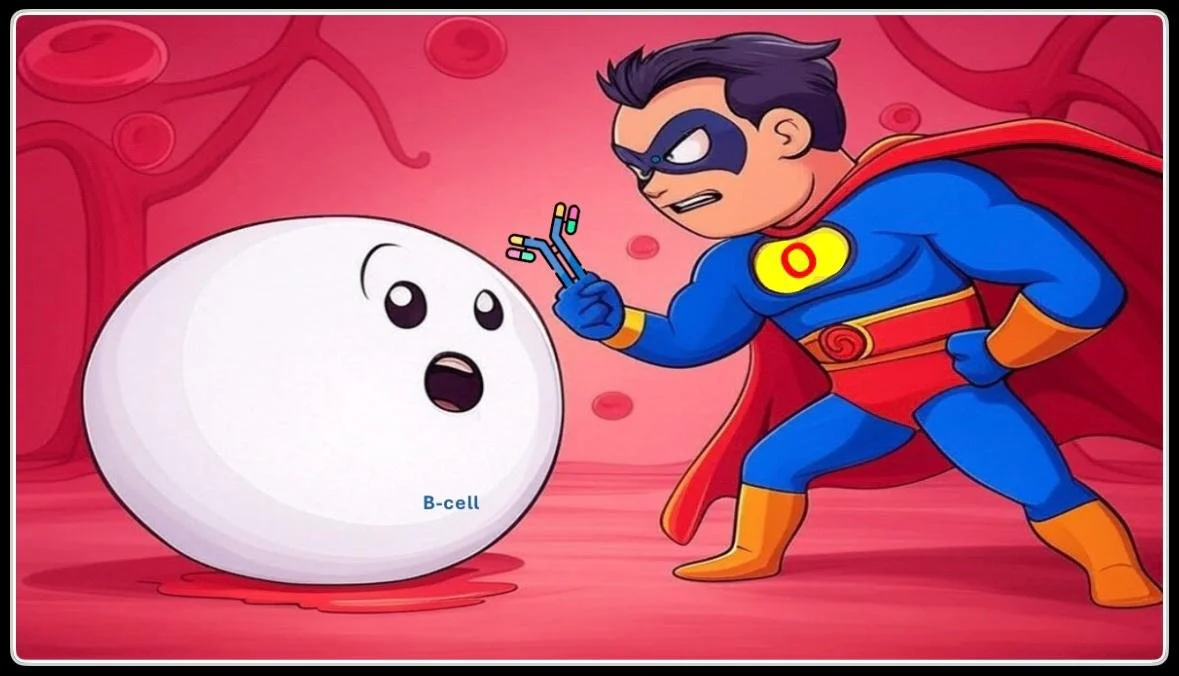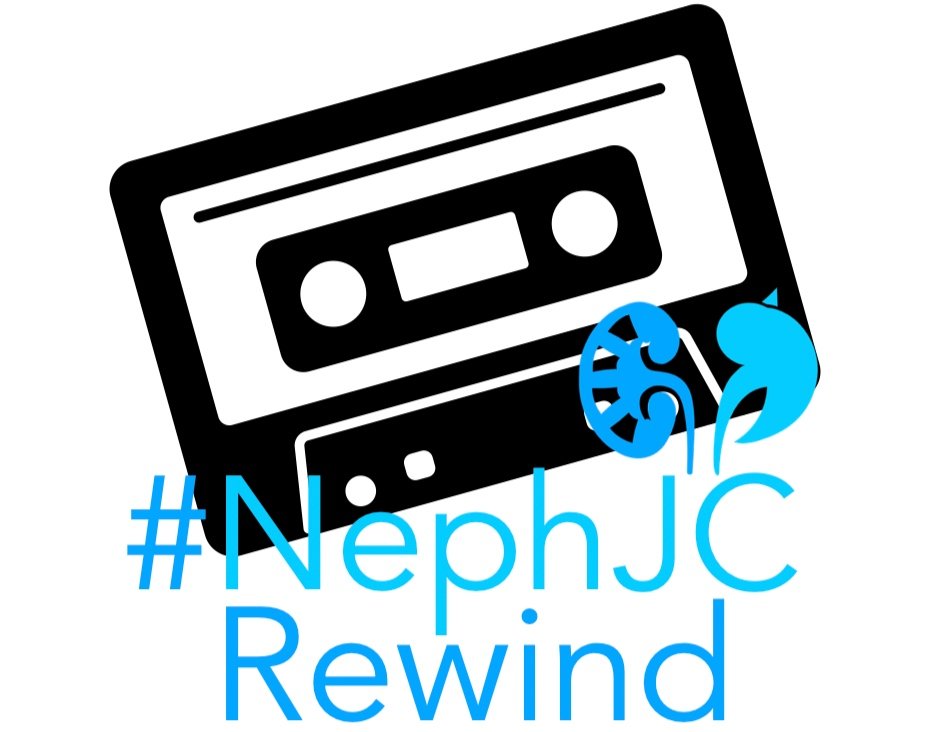The 2024 NephJC Night
NephJC Rewind: PATHWAY-2
NephJC Rewind: The RIVUR Trial
ASN Kidney Week Approaches
The ASN Kidney Week NephJC Party
The Friday night tradition of Blogger Night goes back to Philadelphia in 2011
2012 in San Diego (This was everybody who was there)
2015, first class of NSMC graduates at Kidney Week, San Diego
2016, second class. Birth of the NephJC Kidneys. Chicago.
2018 the first NephJC self-funded party. San Diego.
2019, the year before the pandemic. Epic.
2023 The first live Freely Filtered is recorded. And The Curbsiders
2024
This year will be no different. We have rented out Deck655, a mile from the conference center for this year’s party. Mark your calendars, Friday, October 25th from 7 to 11 pm, this will be the place to be.
At 8, we will have a show. The includes an interview of Tom Mueller author of How to Make a Killing. Blood, Death and Dollars in American Medicine (Amazon). Music by Tim Yau (@Maximal_Change) and a live podcast recording of Freely Filtered as we draft Friday’s Late Breaking and High Impact Clinical Trials.
Open bar
Appetizers and food served all night
The catch is, you have to pay. Our fall fund raiser opens this week and we need you to donate to come to the party. Click the link below to donate!
Nominations are OPEN for the 2024 NephJC Kidneys
Summer Book Club 2024. The Covenant of Water
NephJC Rewind: ADVOR
NephJC covered the most important manuscripts in nephrology for over ten years. With a decade of history, NephJC has covered a significant amount of the evidence used in day-to-day clinical care. Many of us find ourselves repeatedly sending links to old NephJC summaries. NephJC Rewind is an attempt to resurface some of these older yet still relevant summaries.
Last week I tweeted about this year old trial of dapa versus metolazone in diuretic resistant fluid overload.
Here is the “visual abstract” from the journal for the trial
The tweet triggered a lot of interesting commentary, but I was struck by this post in particular
We covered the ADVOR trial when it was published in 2022. I think a critical difference between ADVOR and the above trial of dapa v metolazone is that ADVOR added acetazolamide to furosemide and compared it to furosemide plus placebo. The title of the ten-tweet-NephJC got it right “More Diuretics = More Diuresis.” ADVOR pitted a diuretic against placebo and found that adding more diuretic got more diuresis (and natriuresis).
It is interesting that the decongestion score developed for ADVOR was used in this dapa v metolazone trial also. Listen to the Freely Filtered Episode for a breakdown of why The Filtrate found this score problematic.
How often are you able to clear pleural effusions and ascites in three days of diuresis?
Regardless of the concerns some had about the ADVOR trial, it is clear it has changed practice patterns and expanded peoples conception of sequential nephron blockade beyond the convoluted tubule.
NephJC Rewind: PATH-BP
We have been doing NephJC for over ten years and we feel, in that time we have covered the most important manuscripts in nephrology. With a decade of history NephJC has covered a large amount of the clinical evidence used in day to day clinical care. In fact I find myself sending links to old NephJC summaries pretty commonly and we would like to surface some of these older summaries from time to time. So here is out first NephJC Rewind
Last week JAMA Internal Medicine published this manuscript any Tim Anderson, Management of Elevated Blood Pressure in the Hospital—Rethinking Current Practice. Here, Dr. Anderson is trying to operationalize the work he has been doing for quite some time demonstrating the lack of efficacy and frank harm caused by treating inpatient hypertension. This has been explored in NephJC, Freely Filtered, and NephMadness. As part of this manuscript he supplied a flow chart that showed acetaminophen as a cause of hypertension:
I tweeted about this and a number of people asked about acetaminophen being listed as a cause of drug induced hypertension. This is where PATH-BP comes in (MacIntyre, Circulation 2022). This was a well done cross over trial with a two week washout. Patients took a gram of acetaminophen four times a day or a matched placebo.
The primary outcome was a change in mean daytime systolic ambulatory BP.
There was a statistically significant increase in mean daytime systolic ambulatory BP of 4.7 mm Hg (95% CI, 2.9-6.6; P<0.0001) with acetaminophen compared with placebo.
This was not a mechanistic study so we don’t no why but it is possible that acetaminophen blocks renal prostaglandin synthesis just like NSAIDs do.
Take a look at NephJC’s discussion as well as the original paper.
🤔 Trainee Love and Breakup Letters to NephSIM
Trainee Love and Breakup Letters to NephSIM: A Free, Mobile-Optimized, Nephrology Teaching Tool (Fattah, CJASN 2023)
🤔 Does BP lowering matter for the kidneys after all?
Intensive BP Control in Patients with CKD and Risk for Adverse Outcomes (Ku, JASN 2023)
🤔 AT receptor action and dementia
Association of New Use of Antihypertensives That Stimulate vs Inhibit Type 2 and 4 Angiotensin II Receptors With Dementia Among Medicare Beneficiaries (Marcum, JAMA Open Network 2022)
🤔 Starting ARB in hospitalized COVID, an RCT
Angiotensin receptor blockers for the treatment of covid-19: pragmatic, adaptive, multicentre, phase 3, randomised controlled trial (Jardine, The BMJ 2022)
🤔 Empagliflozin in acute decompensated heart failure
The SGLT2 inhibitor empagliflozin in patients hospitalized for acute heart failure: a multinational randomized trial (Voors, Nature Medicine 2023)
🤔 Timing of BP medications, aka chronotherapy
Cardiovascular outcomes in adults with hypertension with evening versus morning dosing of usual antihypertensives in the UK (TIME study): a prospective, randomised, open-label, blinded-endpoint clinical trial (Mackenzie, The Lancet 2023)
🤔 Spooky sodium, not so spooky
Tissue sodium excess is not hypertonic and reflects extracellular volume expansion (Rossitto, Nature Communications 2020)
🤔 Coffee and the kidneys
CYP1A2 Genetic Variation, Coffee Intake, and Kidney Dysfunction (Mahdavi, JAMA Network Open 2023)
🤔 Improving decision making in CKD
Effectiveness of an Intervention to Improve Decision Making for Older Patients With Advanced Chronic Kidney Disease (Ladin, Annals Int Med 2023)
🤔 Hypothermia or machine perfusion for kidney transplant?
Hypothermia or Machine Perfusion in Kidney Donors (Malinoski, NEJM 2023)




















































